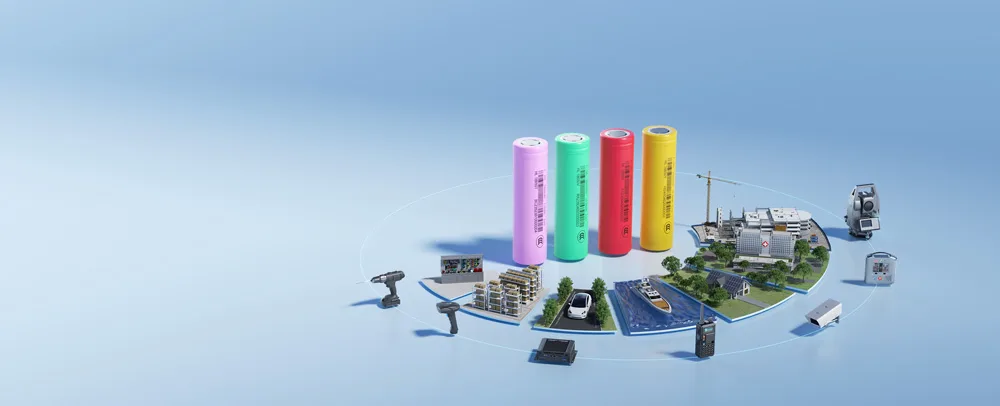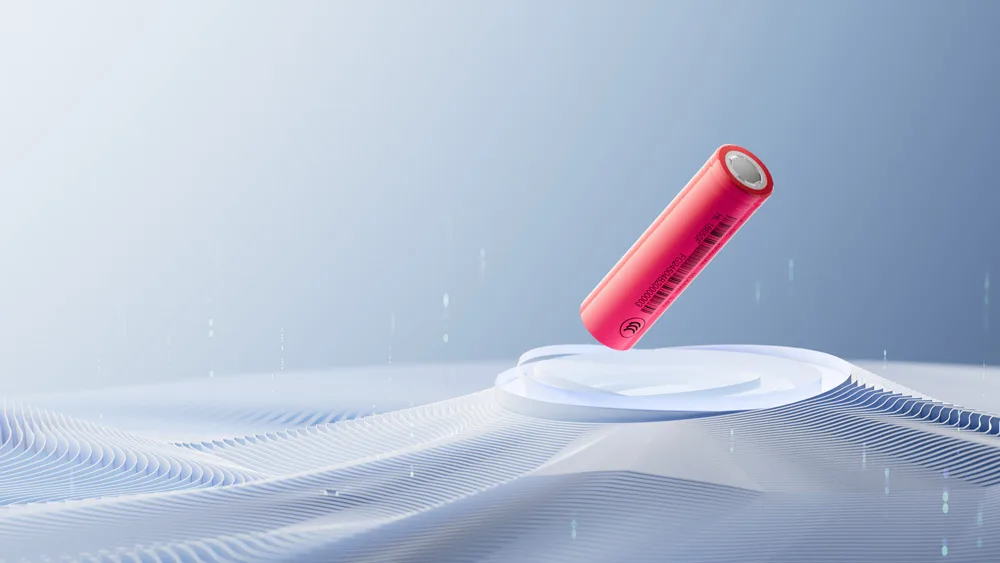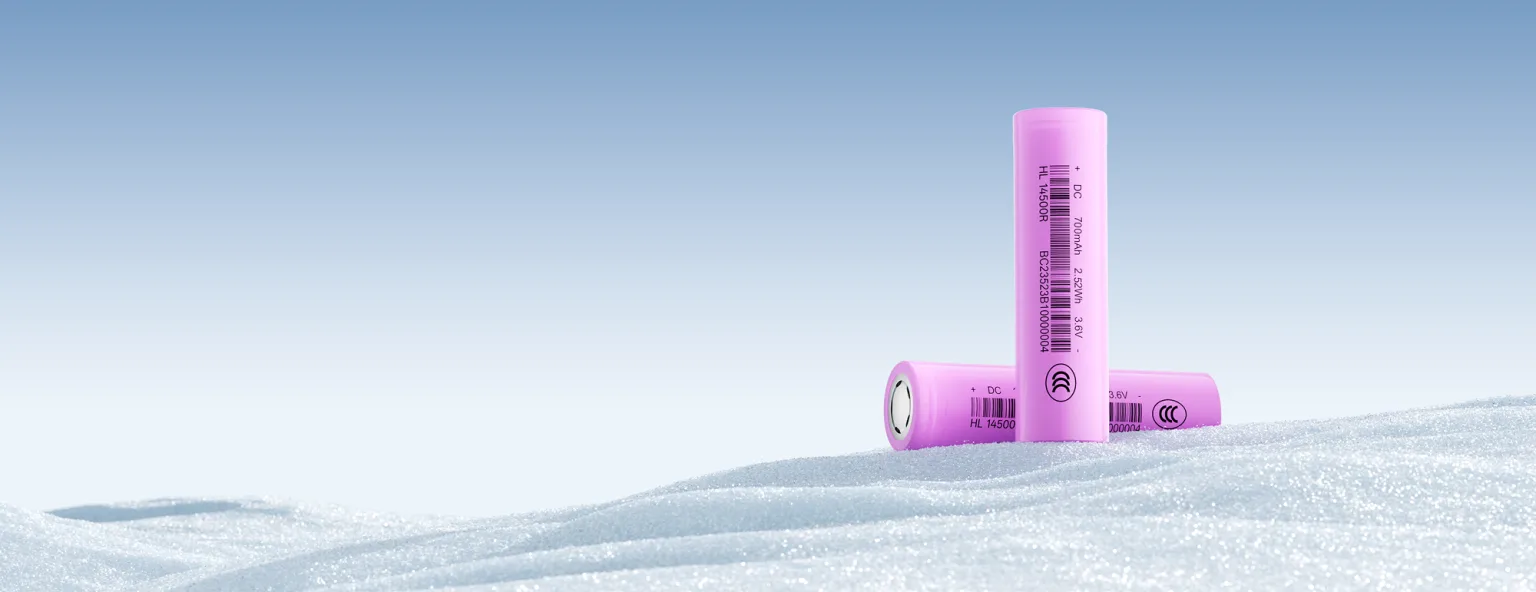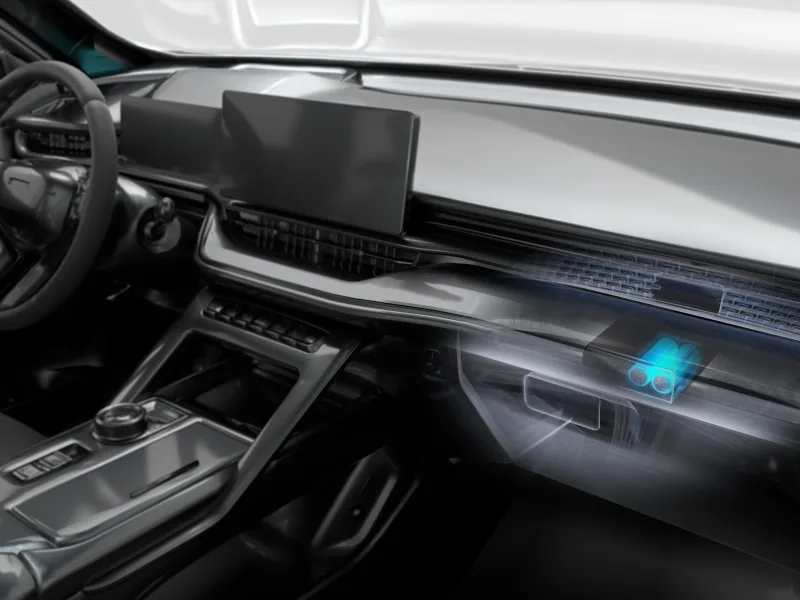With the rapid development of electric vehicles, energy storage stations, and smart devices, lithium-ion batteries have become the core energy carriers of modern technology. However, as application scenarios expand, the low-temperature shortcomings of lithium-ion batteries are becoming increasingly apparent. When temperatures drop below zero, traditional lithium-ion batteries often suffer from sharp capacity loss, charging difficulties, and reduced discharge efficiency—commonly referred to as “low-temperature shock.” These issues seriously restrict their applications in extremely cold environments. How to maintain efficiency, stability, and safety at sub-zero temperatures has become a critical industry challenge.
As an innovation pioneer in energy technology, UltraXel has successfully overcome this global challenge through its self-developed ultra-low-temperature lithium-ion battery technology, providing reliable power solutions for electric vehicles, drones, energy storage stations, and polar exploration equipment.
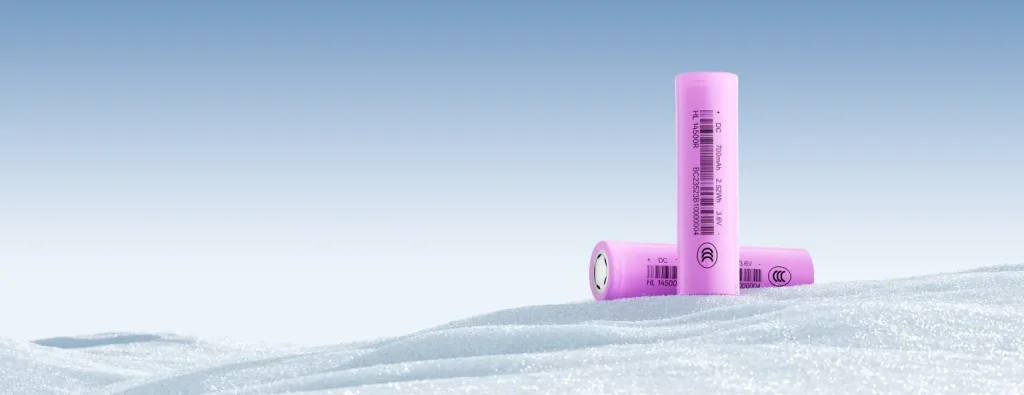
Industry Pain Point: The Low-Temperature Bottleneck of Lithium-Ion Batteries
The performance degradation of conventional lithium-ion batteries in low-temperature environments is a complex and multi-factor issue. When operating temperature drops from 77°F to -4°F(25℃ to -20℃), the capacity retention of ordinary lithium-ion batteries is often less than 50%, charging time extends by 2–3 times, and discharge power decreases by more than 60%. This decline is mainly caused by the following factors:
Electrolyte Viscosity Increase and Ion Transport Blockage At low temperatures, the viscosity of carbonate-based electrolytes rises sharply, significantly slowing lithium-ion mobility. When the temperature falls below -4°F(-20 ℃), ionic conductivity is reduced to just one-fifth of normal levels, severely hindering charge transfer.
Electrode Kinetics Deterioration The electrochemical reaction rate of electrode materials decreases exponentially with temperature. Graphite anodes, in particular, face greater resistance to lithium-ion intercalation at low temperatures, increasing the risk of lithium dendrite formation, which not only shortens battery life but also poses safety hazards.
Increased Interfacial Resistance and Polarization The solid electrolyte interphase (SEI) exhibits sharply higher resistance at low temperatures. The higher activation energy required for lithium-ion transfer leads to significant polarization and rapid discharge performance decline.
These limitations create a series of real-world challenges:
Electric vehicles suffer drastic range loss in cold regions;
Drones experience sharply reduced flight time or fail to operate in low temperatures;
Grid energy storage systems operate inefficiently in winter, with unstable output.
At this critical stage of global energy transformation, the industry urgently needs a lithium-ion battery with wide-temperature adaptability.
UltraXel’s Breakthrough in Low-Temperature Lithium-Ion Battery Technology
The UltraXel R&D team has achieved dual breakthroughs in materials innovation and system design, creating a new generation of lithium-ion batteries with outstanding low-temperature performance.
Electrolyte Innovation: A newly formulated low-temperature electrolyte dramatically reduces viscosity, maintaining efficient lithium-ion conductivity.
Upgraded Electrode Materials: Optimized anode structures and surface modifications reduce lithium-ion intercalation resistance and minimize dendrite risks.
Interface Engineering: Enhanced SEI film composition and structure ensure stable interfacial conductivity even at low temperatures.
In rigorous testing, UltraXel’s low-temperature lithium-ion batteries retained over 85% capacity efficiency at -40°F(-40℃), while supporting normal charge-discharge cycles. This breakthrough represents a major milestone in lithium-ion battery technology for cold climate applications, opening new possibilities for the global energy industry.
Application Prospects: Powering Extreme Environments
With superior low-temperature performance, UltraXel’s wide-temperature lithium-ion batteries are widely applicable across multiple fields:
Electric Vehicles: Delivering reliable range in North America, Northern Europe, and high-altitude cold regions.
Drones & Robotics: Extending flight and operation times in cold-weather missions.
Grid Storage & Backup Power: Maintaining efficiency and reducing energy loss during winter.
Polar Exploration & Defense: Powering long-term missions in extreme environments.
Cold Chain Logistics & Outdoor Monitoring: Ensuring reliable supply for refrigeration transport and surveillance systems.
UltraXel Wide-Temperature Lithium-Ion Battery: The Best Choice for Extreme Conditions
UltraXel’s wide-temperature lithium-ion batteries are built with advanced cell engineering and stringent manufacturing standards, featuring:
Wide Operating Range -40°F to +185°F(-40℃ to +85℃) stable performance
High Energy Density and Long Cycle Life
Comprehensive Safety Protection (overcharge, over-discharge, and short-circuit protection)
International Certifications and Customization Options
Whether in polar cold, desert heat, or complex industrial applications, UltraXel provides stable, reliable, and high-performance energy solutions.
UltraXel – Breaking Through the Limits of Temperature, Empowering a New Era of Safe and Efficient Energy.

